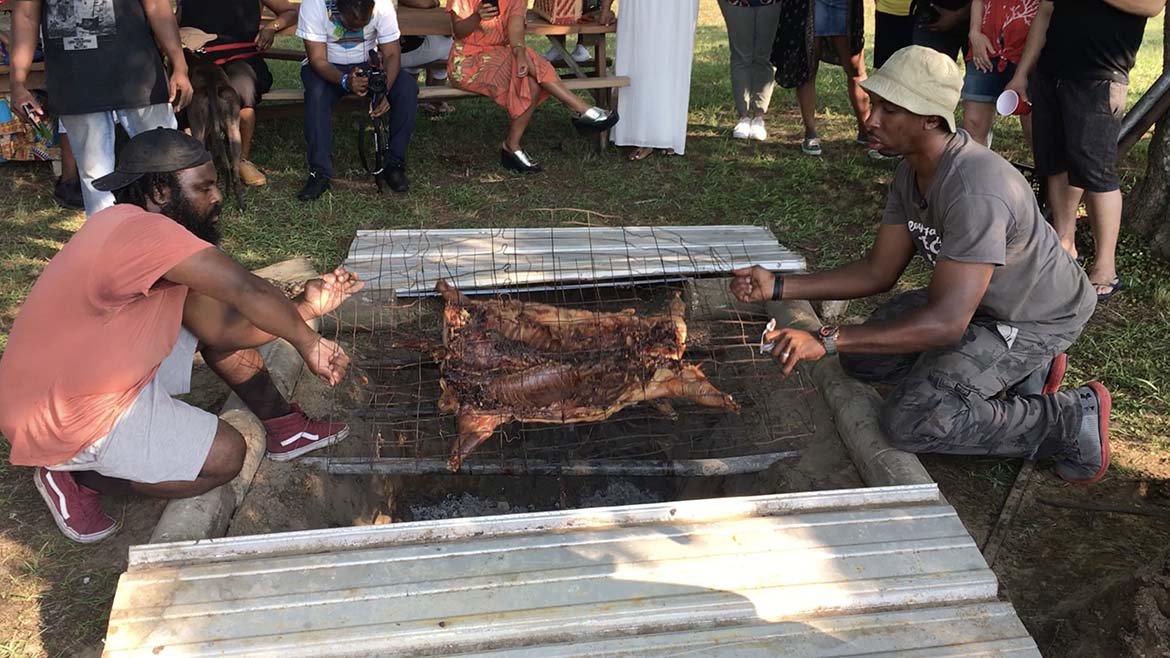Why public radio’s news shows need unique approaches to top stories

phototechno / iStock
When a second-tier national public radio news show (everything but Morning Edition and All Things Considered) feels it must cover a major national or international news story, it runs the risk of duplicating what is available to listeners … everywhere.
Thus I was disappointed with the lead story Aug. 9 on Here & Now, the premiere outing for new host Scott Tong. The subject was the hugely important findings of the United Nations Report on Climate Change. Scott could not have interviewed anyone more important than Amanda Maycock, the report’s lead author. But the interview was so loaded with facts that had already been reported all over the media that retreading the same old ground in a scientific monologue produced lengthy, sterile public broadcasting.
It was worse than a snooze because the subject matter was so important. But what Tong and Here & Now failed to find was an angle to the story that revealed more than data. Only after such dialogue for 5 1/2 minutes did Tong ask a concluding question to the scientist: “How do you feel personally?”
For one brief moment, Maycock opened up and admitted that while she was a scientist, she was also a citizen of the world, a human being with two children of her own. And she admitted that she had always imagined that climate change would affect the world and its people in the distant future but that she now had to recognize that it would affect her children in their lifetimes. Scott Tong agreed and mentioned his own kids. And then the interview was done. This discussion had the potential to humanize and make climate change relevant to us and our children; instead, the closing comments were a throwaway at the end of the interview.
This problem is by no means singular to H&N. Every second-tier show from 1A to The Takeaway has to deal with this dilemma. When they succeed, they do so by going after sidebars or think pieces, but sometimes they get suckered into the unwinnable position of trying to cover a story head-on. In doing so, these shows and their staffs lose the perspective that public radio listeners have: that they’re just not the only game in town.
One way to avoid such myopia is to be a show like Marketplace, Weekend Edition, Wait, Wait, Fresh Air or even the late, great Car Talk. These shows are so uniquely focused and presented that they make themselves immune from such weak attempted emulation of the big boys. All of them are likely to avoid falling into the sinkhole of unwinnable duplication.
The advice I am offering to public broadcasters everywhere is simple yet major in its importance. When I was EP of ATC many years ago, I told the staff we always needed to find the angle to a story that is revealing and different from the mainstream media. In the early days of ATC, it was, “What will the New York Times or the Washington Post do with this story?” I literally used to ask ATC staff, “How will the NYT handle this story on Sunday, when it reflects on its meaning? Now, how can we get there … today?
An example: When bombs went off in New York City, the regular hard-news media focused on the explosions and injuries. TV was full of video of ambulances and injured people. But at ATC, we asked, “Why would people all over America care about this event? What will the major media, like the NYT, cover on Sunday?” We concluded that the story’s meaning to people all over the country was much bigger than a single event; instead, it was the question all Americans would be asking: “Is anyone safe, anywhere, anymore?” Instead of interviewing police and medical personnel, we talked with psychologists.
With today’s second-tier programs, the dominant player for listeners is NPR. If you’re not Morning Edition or ATC, you must assume that they have already covered (or will cover) the hell out of a major story. The facts are already out there, all over the media. What do you accomplish by retreading the same ground in the same way? You must find your unique angle. Ironically, Here & Now found it — but then used it as a “kicker” at the end of a conventional interview. It should have been the lead, the golden opportunity to make the subject human and relevant to its listeners.
But, how do you know ahead of time what the NYT, Washington Post or NPR will do with the story so you’re not just retreading the exact same ground? Actually, identifying their approach is child’s play. Devising a strategy to not duplicate that approach is very easy.
Some years ago, I designed a simple “treatment” grid showing that all content attaches itself to one of four different approaches. I maintain that it’s never the subject that makes you unique, it’s what you do with the subject. In other words, it’s always the treatment that differentiates your coverage.
| Hard Content | Soft Content | |
| Hard Treatment | Hard news and events — NPR newsmagazines most often in this box. | Straight approach to back-of- the-book subjects such as the arts, culture, etc. |
| Soft Treatment | Unexpected/feature-y approach to tough subjects, as Marketplace does with the economy. Wait, Wait is another example. | Humor, whimsy. Car Talk? What D’Ya Know? And offbeat approaches to soft content, such as Studio 360. |
When I was head of Marketplace, I knew that NPR could outgun us on any story they chose to cover — with more staff, more time, more news “firepower.” The only way to compete was to offer a truly alternative approach — one that would appeal to the same audience but offer additional and unique content.
So, the lesson for H&N and the other second-tier national news show is simple: Never duplicate what the big boys (and girls) do. Always find a strong and compelling alternative.
Jim Russell is a multi–award-winning journalist and inventive producer who has created successful national programs for all three public radio networks, participating in the creation of ATC, Morning Edition and The World and creating the unique concept for Marketplace. He is now a mostly retired consultant, “The Program Doctor.”







Did not read article, but I disagree for obvious reasons.